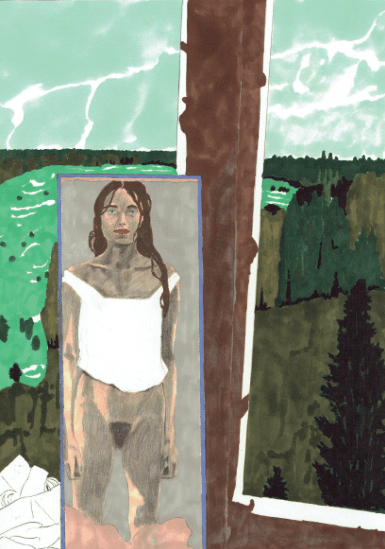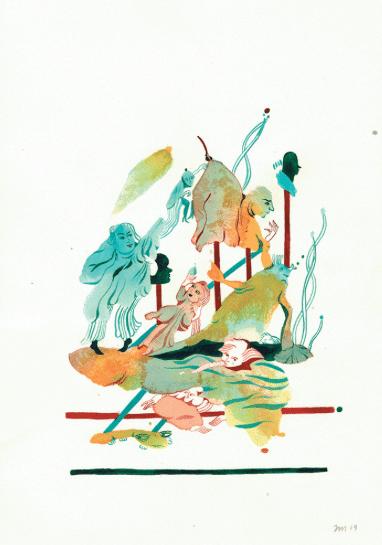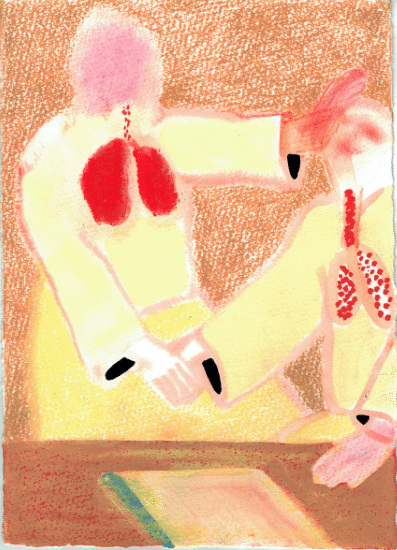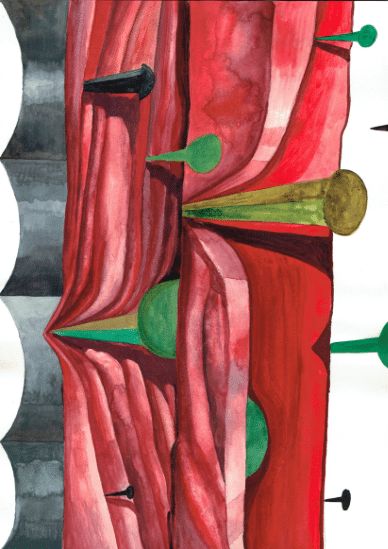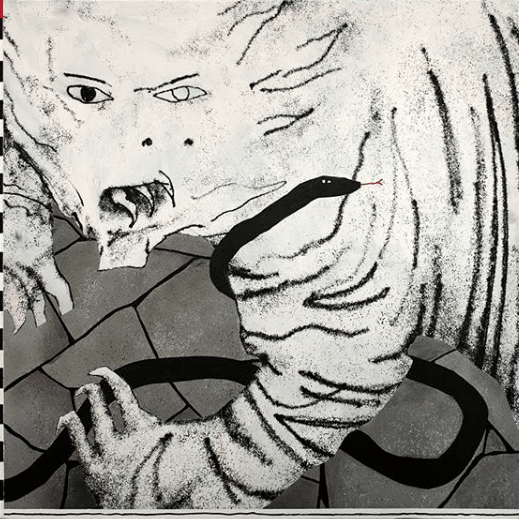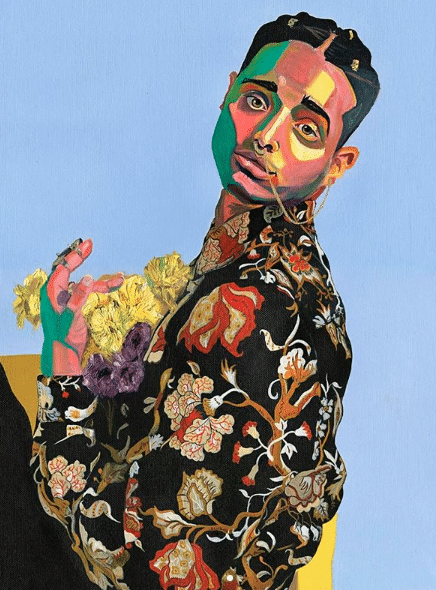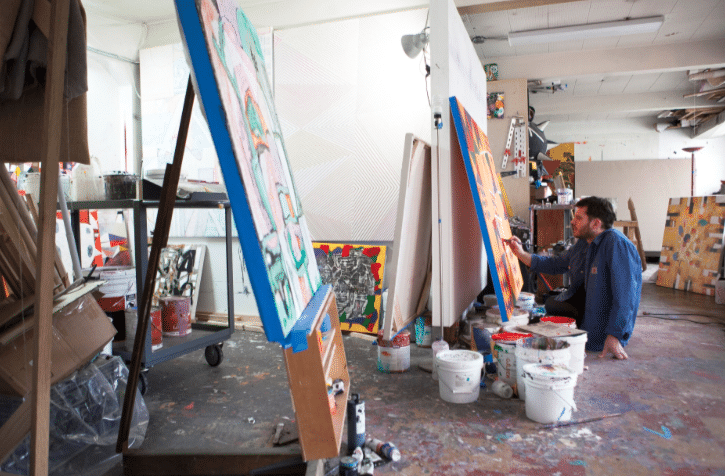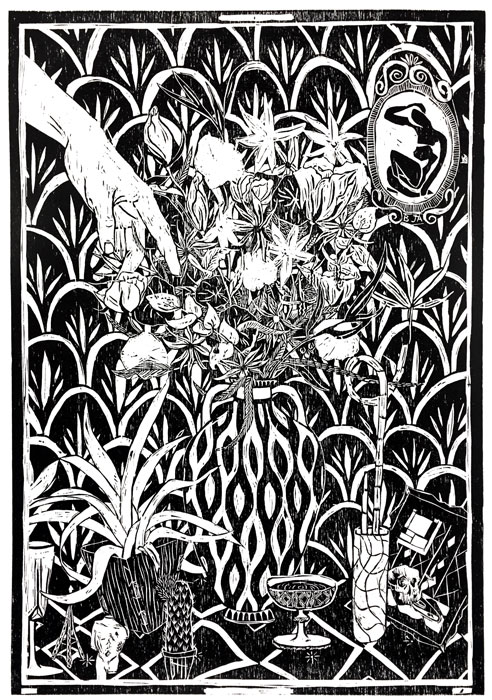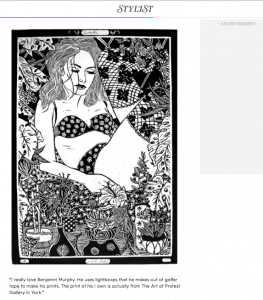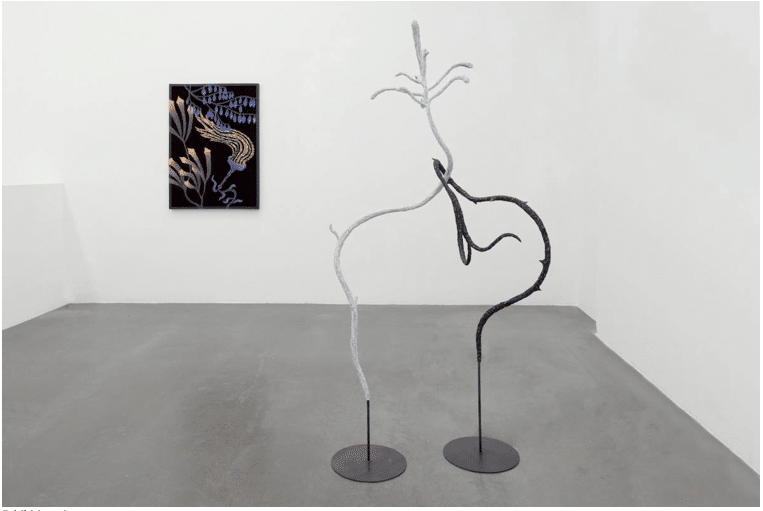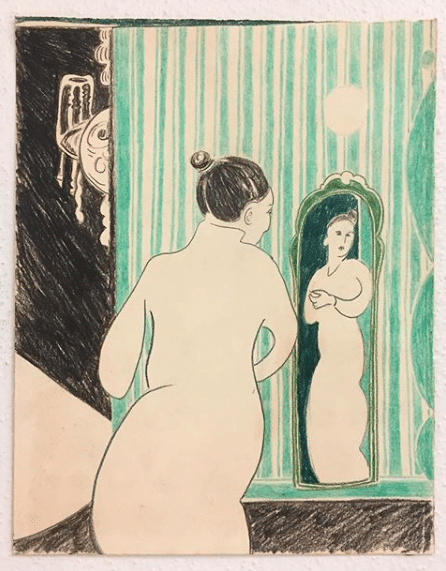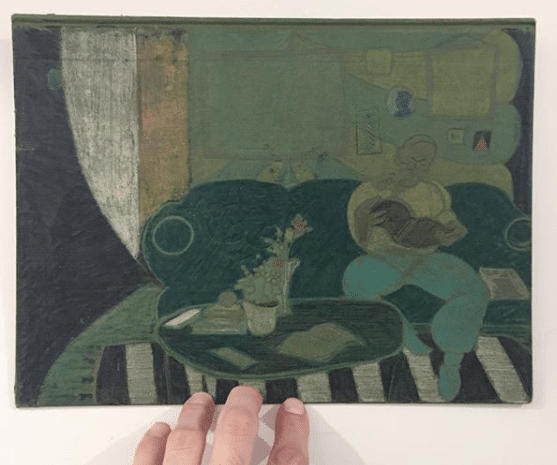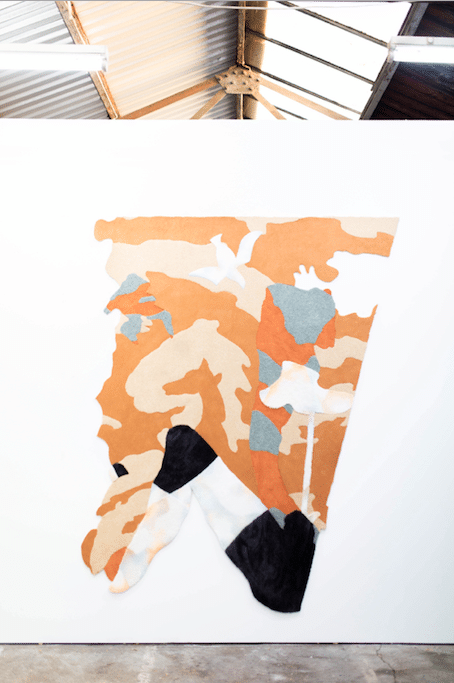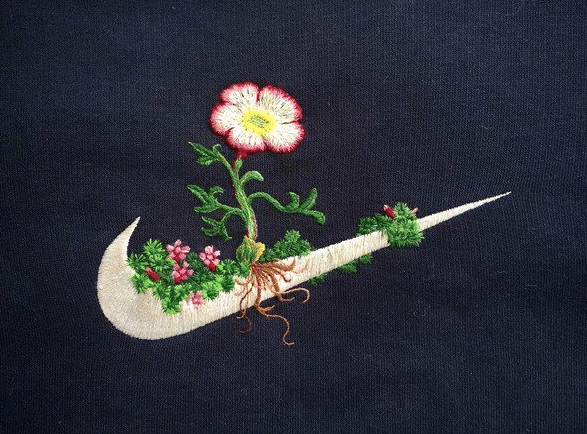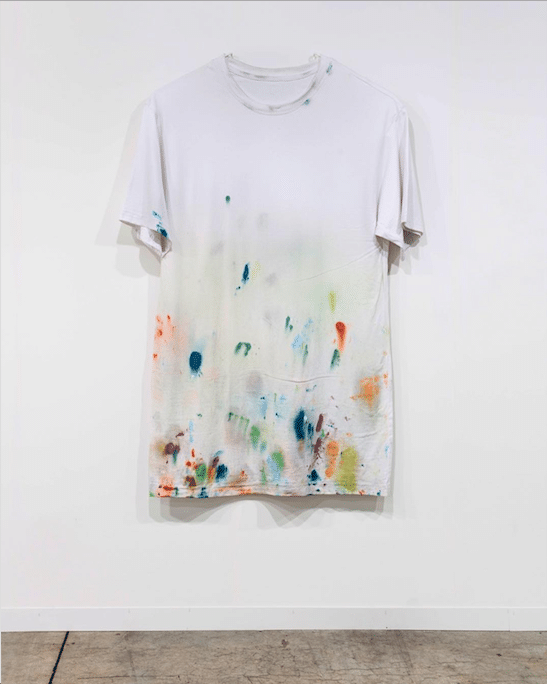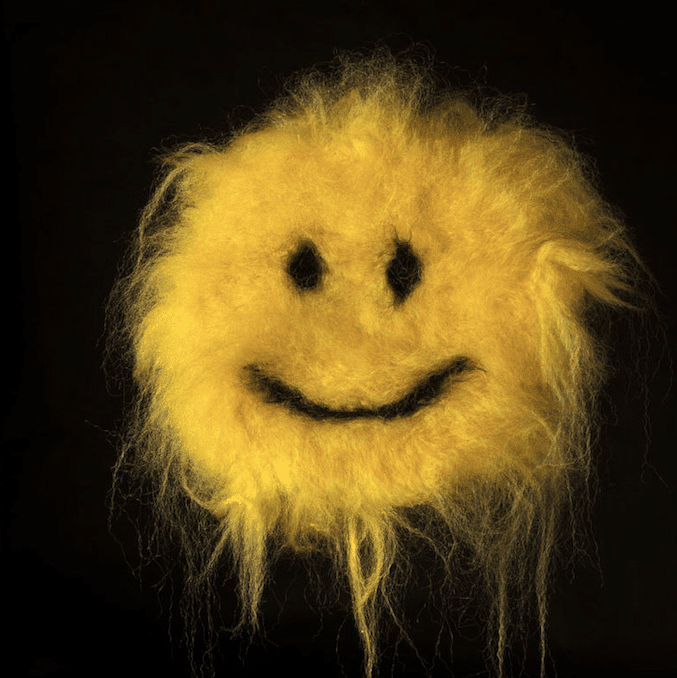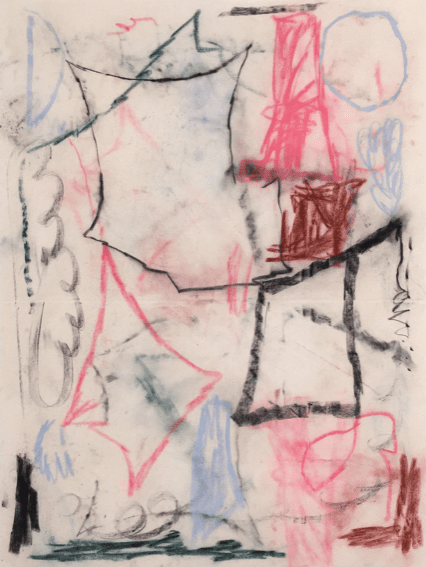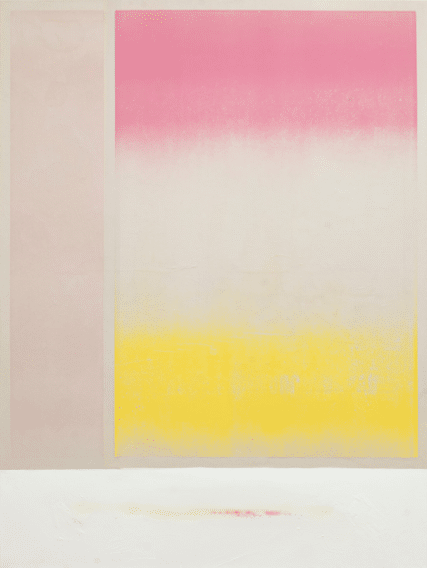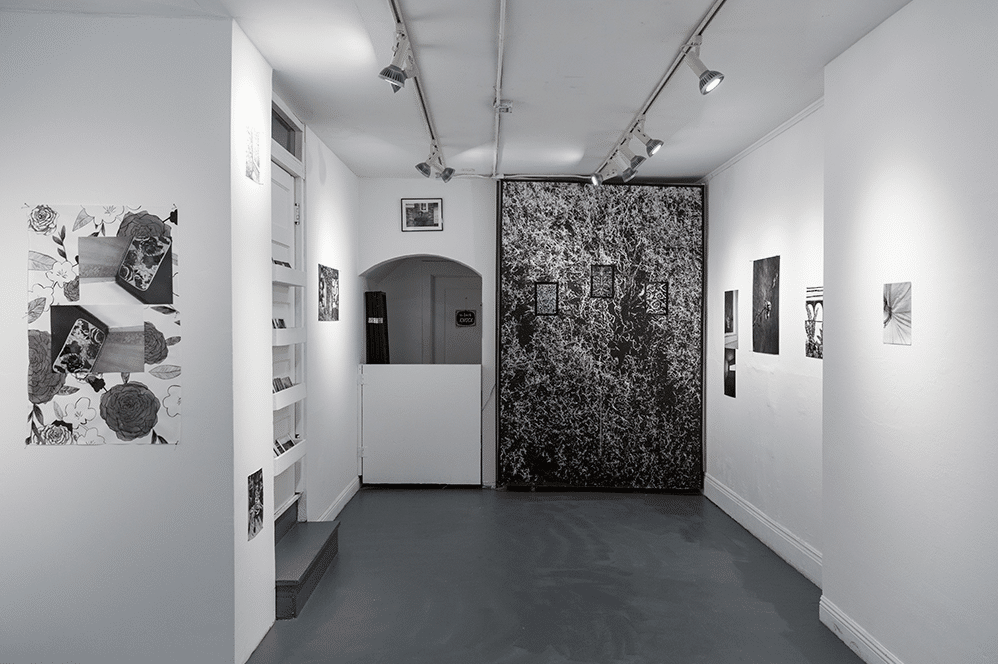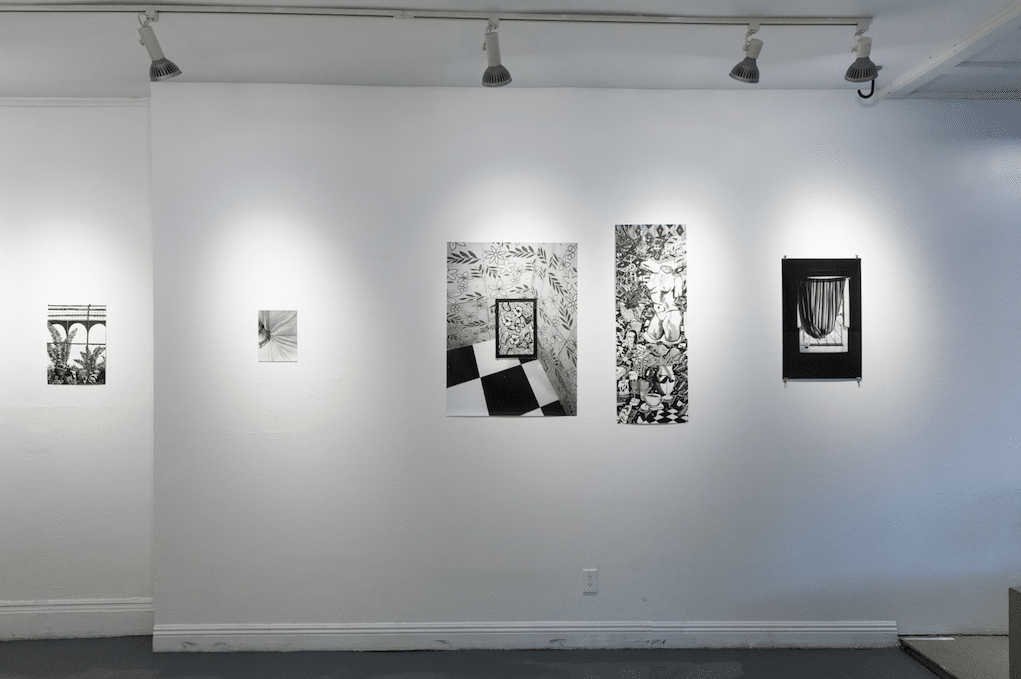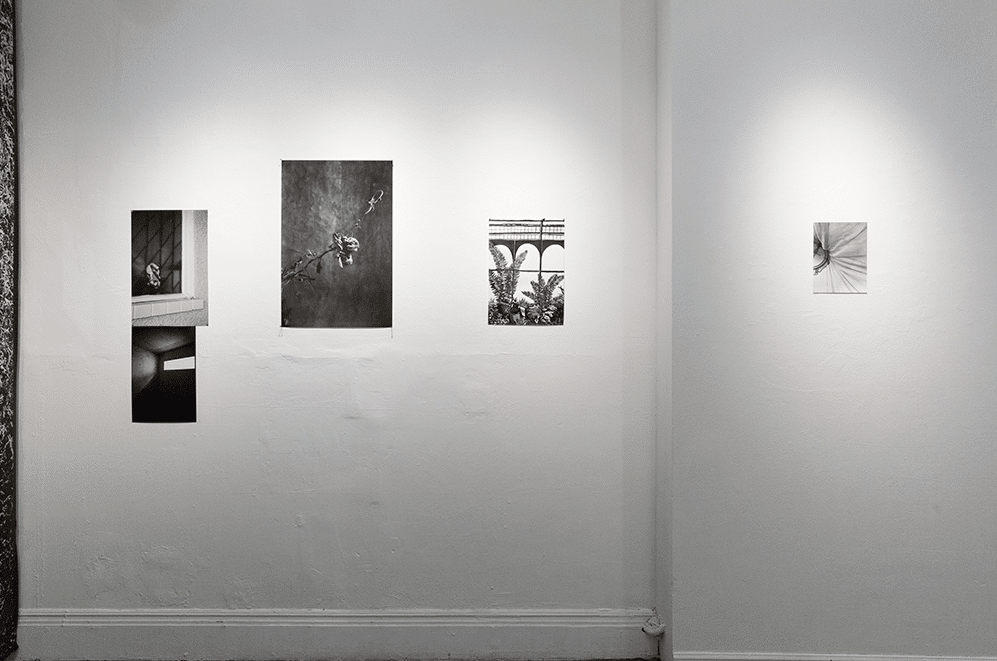Insights into Curating with Rosalind Davis.
Insights Into Curating.
“I see exhibitions as a result of dialogues, where the curator functions in the ideal case as a Catalyst.” Hans Ulrich Obrist
There is a great deal of curiosity about the job of a curator, most notably and understandably from artists; how do you curate? What kind of gallery do you work in? And then, there is always the question of how do I find artists for my exhibitions? So, I thought it would be useful to answer these questions and create a resource for people in the long term. Of course, all curators like artists are different but there are some universal truths.
I am an artist as well as a curator and have curated 30 exhibitions so far in my career. I was appointed the curator of Collyer Bristow Gallery in 2016;a very unique gallery in a law firm based in Holborn that was set up by partners of the firm25 years ago. The focus of the gallery is to support artists through a dynamic gallery programme with a dedicated curator and space. Each show has between 15-25 artists and I curate 3 shows a year there, each usually spanning 4 months.
We have a focus towards supporting young career artists to help build their careers and profiles and so Exceptional is a graduate competition and award exhibition every 18 months. The winning artist in the exhibition receives a significant award of £2000 and, importantly being aware that competition fees can exclude artists from entering, ours is free to enter. In previous years we only allowed for artists to apply from three London art schools; Goldsmiths, Middlesex and City & Guilds of London Art School whereasthis year we will be expanding our competition to allow graduates who studied at any University in London apply.
It is a very exciting opportunity for artists and way for me to curate an exhibition focussing on these very promising and talented artists. In the other exhibitions throughout the year I support younger career artists through mixed group shows that showcases them alongside more established artists and helps build their profiles, cross fertilise networks and bring their work to new audiences as well as the opportunity to meet the other artists in the show. Collyer Bristow are also very engaged in the exhibitions and deservedly proud of the gallery. We have numerous events across the year for our many collective and different audiences including prominent arts organisations including the Contemporary Art Society, Government Art Collection, The Fine Art Group, The Mall Gallery Patrons and various other collector groups, curators, galleries, writers and artists.
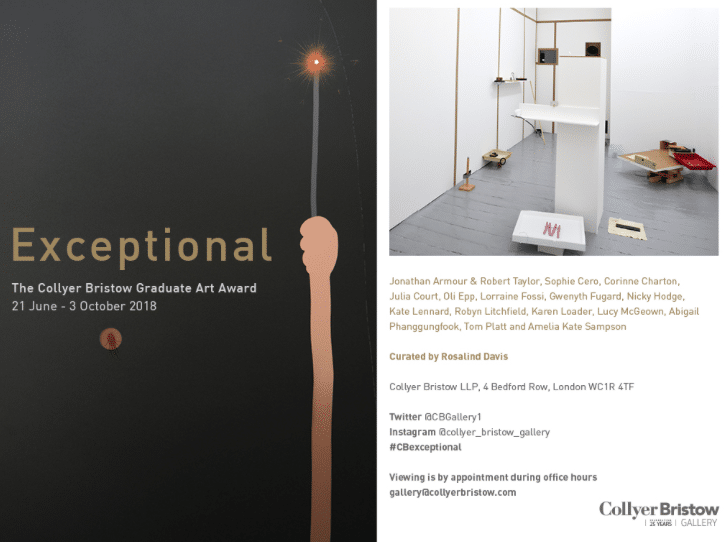
Exceptional
How do you choose artists?
Apart from Exceptional, where the artists are chosen by a guest panel on their merits, the artists are chosen to fit within the particular themes of the show. To select the artist’s, I am always visiting lots of exhibitions (including Degree shows) research and collate lots of artist’s works. I have a very large library of artists and research on file. I also used to run an annual open competition before Exceptional as part of the arts organisation Zeitgeist Arts (which I co-directed) where I got to select and curate a huge range of artists work. I have gone onto work with a number of these artists again in other exhibitions. I have exhibited artists who were my teachers and students, artists recommended to me, artist’s I have exhibited with, artists whose careers I have been following and I am always looking! However, it can take years to place an artist’s work in an exhibition – for their work to fit in the right context. I have exhibited artists from their early 20’s to their mid 70’s, artists that have been to art school and artists are not formally trained – ultimately, it’s about the integrity, the ideas and processes of the work itself. I am also keen to show unrepresented artists, as I am aware that exhibition opportunities can be limited. Justin Hibbs (an artist, collaborator and partner) and I have lots of conversation about the exhibitions, coming up with ideas and thinking of artists to fit within the theme, as does Michaela Nettell, (who does all our design work for the exhibitions) and other artists I know such as Sasha Bowles who I have also curated with in the past. They are all really engaged with the exhibitions and I am receptive to their thoughts.
One thing I don’t do (and I don’t know any curator or gallery who does) is ever choose artists who spam me or cold call – whether online or in person! For tips and ideas in how you might build a relationship with a curator or galleries can be found on a blog post I did for Hotel Elephant.
How do you come up with ideas for the Exhibitions?
The fact that the gallery is housed in a working and active law firm is a rich vein of inspiration for me. As an artist I am very sensitive about the context of a built space Collyer Bristow is a space full of narratives where resolutions are continually being worked towards, modified and resolved. My first exhibition at Collyer Bristow Gallery in 2016 was called Complicity. Artifice and Illusion.I curated the different meeting rooms thematically within the show that related to the law; such as extradition, mediation, copyright, divorce and dissolution, which was intended to be both playful and expansive given the galleries context. Often the titles are the starting point in my process, identifying the core themes or ideas of the show and then the works or artists who might fit within that context.
In the Futurewas an exhibition in 2018 inspired by David Byrne from a song written in 1985, that laid out propositions and prophesies about the future as he saw it then. The lyrics describe a future through a series of paradoxical statements that now seem strangely prescient in describing the complex reality where contradictory truths co-exist; such as the lyric; In the future there will be so much going on that no one will be able to keep track of it…. which all of us can now relate to.
Our current show Rules of Freedom, takes its starting point from history of how both women and men have been working to build a civil society that seeks to make the world freer, fairer and more progressive sincethe People’s Representation Act, enacted 100 years ago. Artworks in this show reference a broad range of subjects such as the civil rights movement, political freedoms, LGBTQ+ rights or freedom of movement, all of which are now under threat at this point in time. It is a show of Rule Breakers and Rule Makers, it’s title coming from an influential album by African American musician Nathan Davis, an avant-gardeJazz pioneerin the 1960’s who laid down through his music his own ‘Rules of Freedom’.
Re-Assembleis our next exhibition,that looks at ideas and processes of structure against the particularly precarious and fractured current political backdrop and previews on the 3 April, 6-9pm.

www.Rosalinddavis.co.uk www.Collyerbristow.com/gallery
Twitter: @rosalinddavis | Instagram: rosalindnldavis
For more about the art world

